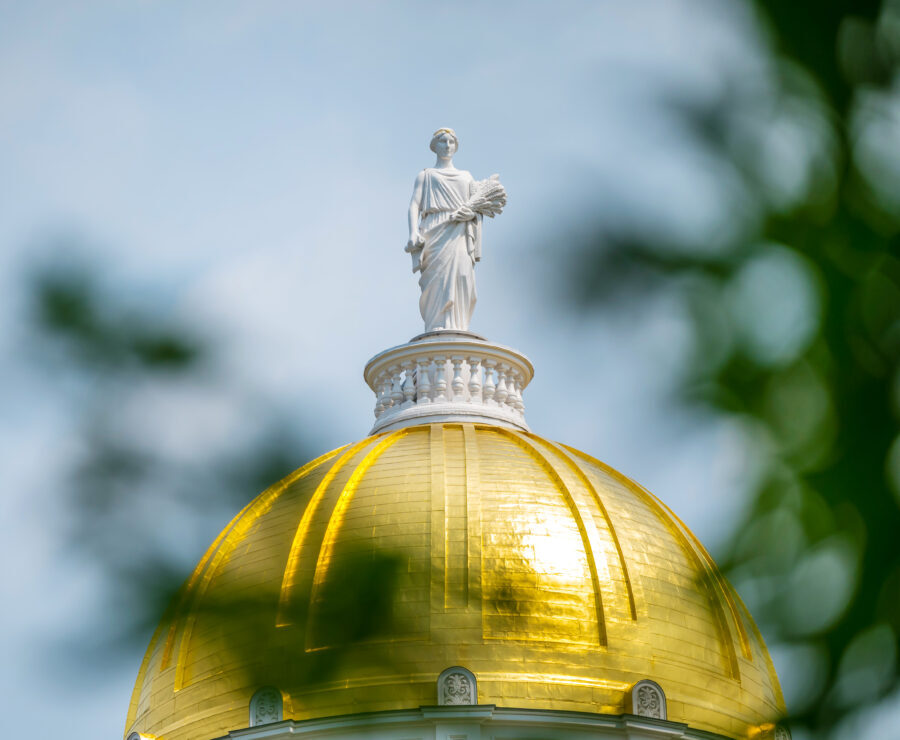ED REFORM:
What changes under Act 73?
View a side-by-side comparison table
View a side-by-side comparison table

Tracking impacts to Vermont from recent federal policy changes.
Last update: 11/13/25Search Vermont-specific policy basics and explainers on issues of current interest.
Start HereGet fiscal and economic facts about your town, and see trends throughout the state.
Take a LookData visualizations on property taxes, education funding, jobs and employment and more.
ExploreWe are committed to accurate and timely research and analysis, and to policies based on the best information and thought.

Public Assets promotes policies that move our state toward a just and thriving future for every Vermonter, leaving no one behind.
Our work is rooted in racial, economic, and gender equity and justice. We believe government should put people before money, and that public policies express collective values.
Learn MoreWhen you give to Public Assets, you power the research, communications, and partnership-building necessary to innovate and promote policies that make Vermont a just and equitable state—one in which all people and communities thrive.
Donate